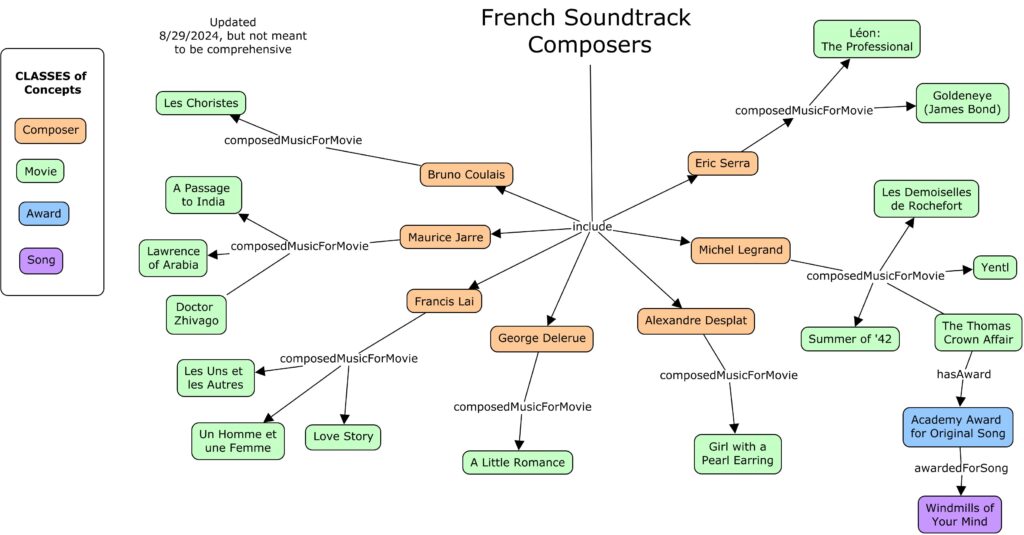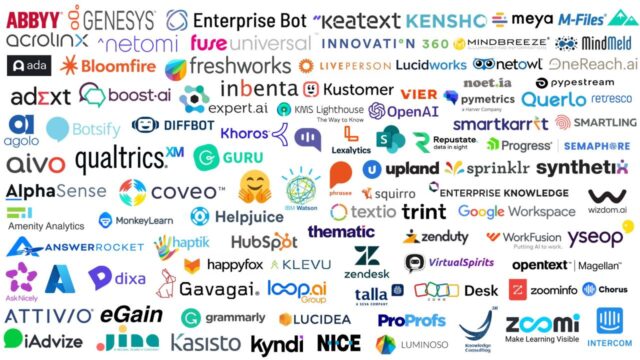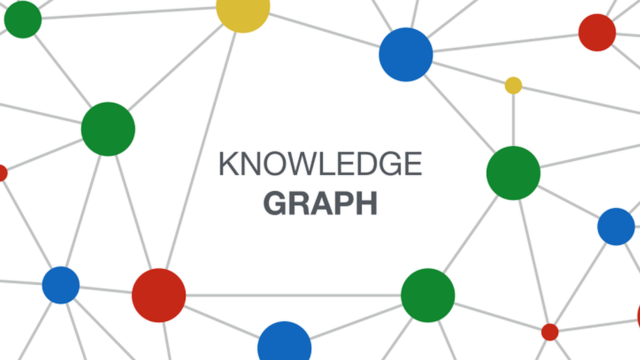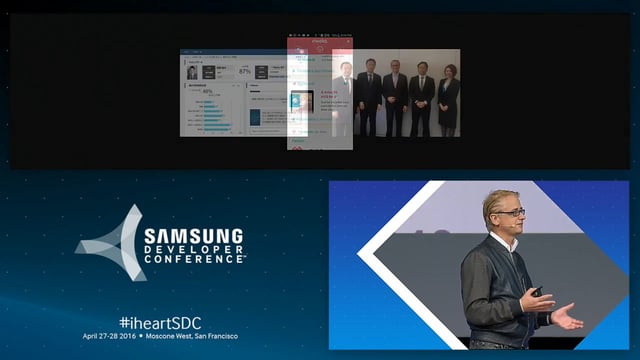
Evolution of my concept mapping practice – what if it’s a building block in the AI revolution?
What if concept mapping is a building block for knowledge and AI-driven strategies?
A few months back, in the context of a number of conversations around knowledge mapping1, concept mapping2, and knowledge graphs3, and a subgroup in the Knowledge Management for Development (KM4Dev) community of practice, including Elizabeth McLean, MSLS CKS (Liz McLean), Bruce Boyes, and Mike Powell, I delivered a couple of complementary webinars around knowledge mapping.
With additional encouragements and further conversations with Liz McLean, I have been able to spend a little more time going backwards in time to explore the evolution of my own concept mapping practice, AND going forward to expand my knowledge into ontologies and knowledge graphs.
In this article, I chart the evolution of my concept mapping practice. While my concept mapping practice no doubt played a role in my growing fascination with knowledge graphs, I did not initially apprehend the full potential of concept mapping in the context of the artificial intelligence (AI) revolution. This is what I am now exploring, grateful for ongoing conversations and explorations with fellow mapping and knowledge graph enthusiasts. What if concept mapping is a building block for knowledge and AI-driven strategies? This is all exploratory in nature, but based on solid experience with concept mapping within a knowledge management context.
I would love for readers to share questions or comments below.
Evolution of my concept mapping practice
I started mapping using Inspiration, then relatively quickly turned to CmapTools. More recently, I have explored the mapping functionalities associated with TiddlyMap. The tools and their specific functionalities have played a key role in the development of my practice around mapping, and my evolving needs have played a key role in how I sometimes push the tools well beyond their original purpose. I pushed CmapTools to become a gigantic map of maps, well beyond a sustainable system. I am using TiddlyMap to mimic the capabilities of a knowledge graph.
In developing my mapping practice, I also acquired a few bad habits. Perhaps they were useful adaptation rather than just bad habits but now I am reconsidering my approach.
Examining even just the collection of maps that I have made public on my site, it is clear that I have used concept mapping mostly as a personal thinking tool. When I have used mapping within organizations, including at NASA and Chemonics, I had to either establish a clear framework (especially at NASA) so that the maps could be easily readable and usable. The NASA mapping approach was presented as early as 2016 at the APQC KM conference.
The connecting words are key to concept maps. They make the maps more readable and clarify the meaning of the connection. These connecting words become the “predicate” in the world of ontologies and knowledge graphs. There is a subject (one node representing a concept), an object (another node representing a concept), and a predicate (connecting words) articulating the relationship between the two nodes.
In my early concept mapping practice, I either omitted the connecting words or used a few key words repetitively (and, such as, including).
Most of the maps I created at NASA were not really concept maps because the nodes were not individual concepts but rather entire phrases. The unit of analysis for a node was at the higher level of “complete thought” and not individual concept. I called them knowledge maps or KMAPs, and eventually insight maps on my own website. This allowed me to put much more content on a map than what is possible by identifying and mapping the connections between individual concepts.
The connecting words and the way concepts are connected becomes more and more important as we move towards more “readable” maps or graphs. In a simple map, the connecting line and arrow may be relatively easy to interpret but that is not always the case and something more standardized is needed at scale. In particular, if we want these types of maps to be machine readable, then a formal ontology with very well defined “predicates” or connecting words becomes essential. Ontology tools/software also become essential to manage larger ontologies.
I thought it would be interesting to take some of my old maps and see if they can be made more readable with greater attention to the connecting words and a more granular approach to concepts. It’s also possible that what I was trying to express with those early maps isn’t meant for a real concept map.
The first map I ever posted when I was still using Inspiration as a mapping tool, can easily be improved and turned into a proper concept map or even a knowledge graph. I have now recreated that early map using a more formal mapping technique inspired by ontologies, with specific classes of concepts (visually distinct on the map with different colors) and well-defined, consistent connecting words. See Map #34 in the Insight Maps collection (and below).
The original map included the movies’ release year in parenthesis. This type of data can be added as an annotation in the map, visible when hovering over each movie node. Other properties could be added, including a link to the IMDb record for example. In the related ontology, the “releasedYear” could simply be a property of the movie class.
Not every map requires a formal ontology, but understanding ontologies and learning more about knowledge graphs is helping me to refine my mapping practice.
The Concept Mapping label provides access to some related posts over the years.
The importance of co-construction and clear scope and definitions
When I posted on LinkedIn about the evolution of my concept mapping practice, a reader suggested the addition of Éric Serra to the concept map above. In response, I’ve updated the map, and this helps me make additional points.
Concept maps and knowledge graphs are meant to be updated as needed and a collaborative construction. Co-construction results in more complete and more accurate knowledge representation even though here I am not attempting to provide a comprehensive representation in that map.
I added Eric Serra and I removed Vladimir Cosma. Cosma isn’t French. Then I wondered if I had introduced confusion with the map’s title: French Soundtrack Composers. If that meant composers for French movies, then Cosma could be included because he did compose music for some French movies. If I meant French composers, then Cosma doesn’t belong on that map. Hence the importance of clear scope and definitions in maps, ontologies, and graphs.
Article source: Adapted from my blog post Evolution of my Concept Mapping Practice and my posting of this on LinkedIn.
Header image source: Created by Bruce Boyes with Perchance AI Photo Generator.
References:
- Balaid, A. S. S., Zibarzani, M., & Rozan, M. Z. A. (2013). A comprehensive review of knowledge mapping techniques. Journal of Information Systems Research and Innovation (JISRI), 3(1), 61-66. ↩
- Novak, J. D., & Cañas, A. J. (2006). The theory underlying concept maps and how to construct them. Florida Institute for Human and Machine Cognition, 1(1), 1-31. ↩
- Hogan, A., Blomqvist, E., Cochez, M., d’Amato, C., Melo, G. D., Gutierrez, C., … & Zimmermann, A. (2021). Knowledge graphs. ACM Computing Surveys (CSUR), 54(4), 1-37. ↩







